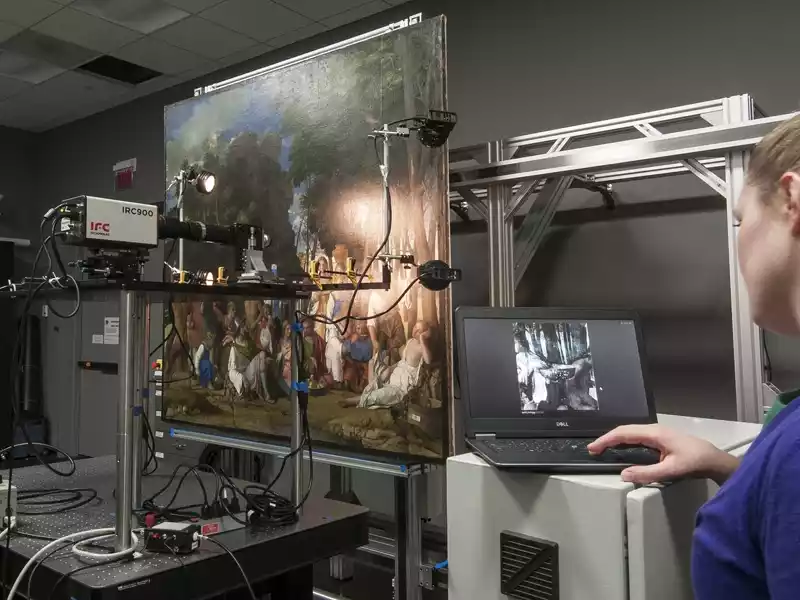
Modernizing Art Management: Leveraging Technology for Art Conservation and Display
Modernizing Art Management: Leveraging Technology for Art Conservation and Display
In the 21st century, art management has transitioned from conventional methods to digitally advanced processes, revolutionizing the way art is preserved, conserved, and displayed. This transformation allows for more effective and efficient ways to safeguard cultural heritage, while opening new avenues for exploration and interaction in the art world.
Thank you for visiting Art Institutes, don't forget to subscribe to the Art Institutes Newsletter!
Understanding the Need for Modernization
Traditionally, art management relied heavily on manual, labor-intensive methods that were prone to human errors and lacked the necessary means to maintain high-quality record-keeping or provide a thorough understanding of a piece’s history and maintenance. Modern art management systems incorporate technology to digitize records, streamline art conservation processes, and provide access to extensive online resources for easy research and improved public engagement.
A Simplified Explanation of Modern Art Management
Modern art management systems function as a unified platform encompassing collection management, database organization, image archiving, and analytical tools for curators, researchers, and other art professionals. These systems streamline various procedures, ensuring meticulous inventory control, scheduling of regular maintenance and examinations, monitoring of art in transit, and facilitating open communication among members of the art community.
Art8 "Webinars for Creatives" https://art8.net
Digitizing Art and Record-keeping
High-quality imaging tools facilitate the digital capturing of works of art to create an organized and searchable database. As a result, art conservators can efficiently research and study objects, identify the need for potential conservation efforts, and document condition changes over time. Digital art records provide quick access to this information, empowering curators to make educated decisions about maintenance, exhibitions, and collaborations.
Advances in Art Conservation
Technological advancements contribute to more successful art conservation through the development of non-invasive testing methods and more precise conservation procedures.
Examples of these innovative solutions include:
1. Infrared reflectography – This non-destructive technique illuminates hidden or faded elements underneath layers of paint, enabling researchers to analyze previously unseen art details and establish the history and authenticity of a work.
2. X-ray fluorescence spectrometry – This analytical tool measures chemical elements within objects, providing scientists with crucial details about an artifact’s composition, date, and authenticity.
3. 3D scanning – This technique involves capturing objects in three dimensions, enabling museums to provide virtual tours or create accurate copies of precious items for educational or research purposes while minimizing human contact and maintaining the original integrity of the object.
Enhanced Art Display with Augmented Reality
Augmented reality (AR) in art management immerses museum visitors in virtual experiences that transcend the constraints of physical art displays.
1. Interactive labeling – Smartphone applications incorporate AR technology that allows users to scan a barcode or quick response (QR) code on a traditional museum label. The application can then display further information about the artwork, allowing visitors to have a more profound understanding of what they are seeing.
2. Augmented virtual exhibitions – AR enables artists and curators to create digitally-native exhibitions with virtual reconstructions of paintings, sculptures, or buildings that are displayed on tablets or mobile devices. These displays can also showcase art historical context, demonstrations of various artistic techniques, and virtual conservation processes.
Integrating Technology in Art Management
Integrating technology in art management revitalizes how we conserve, study, and display precious works of art. The continuous development of innovations such as digital archives, advanced analysis tools, augmented reality applications, and precision conservation methods allow for more streamlined art processes, while inviting new layers of interaction for both professionals and the general public. Embracing these cutting-edge tools will preserve artistic heritage, democratize education, and deepen the exploration of artistry in the contemporary world.


